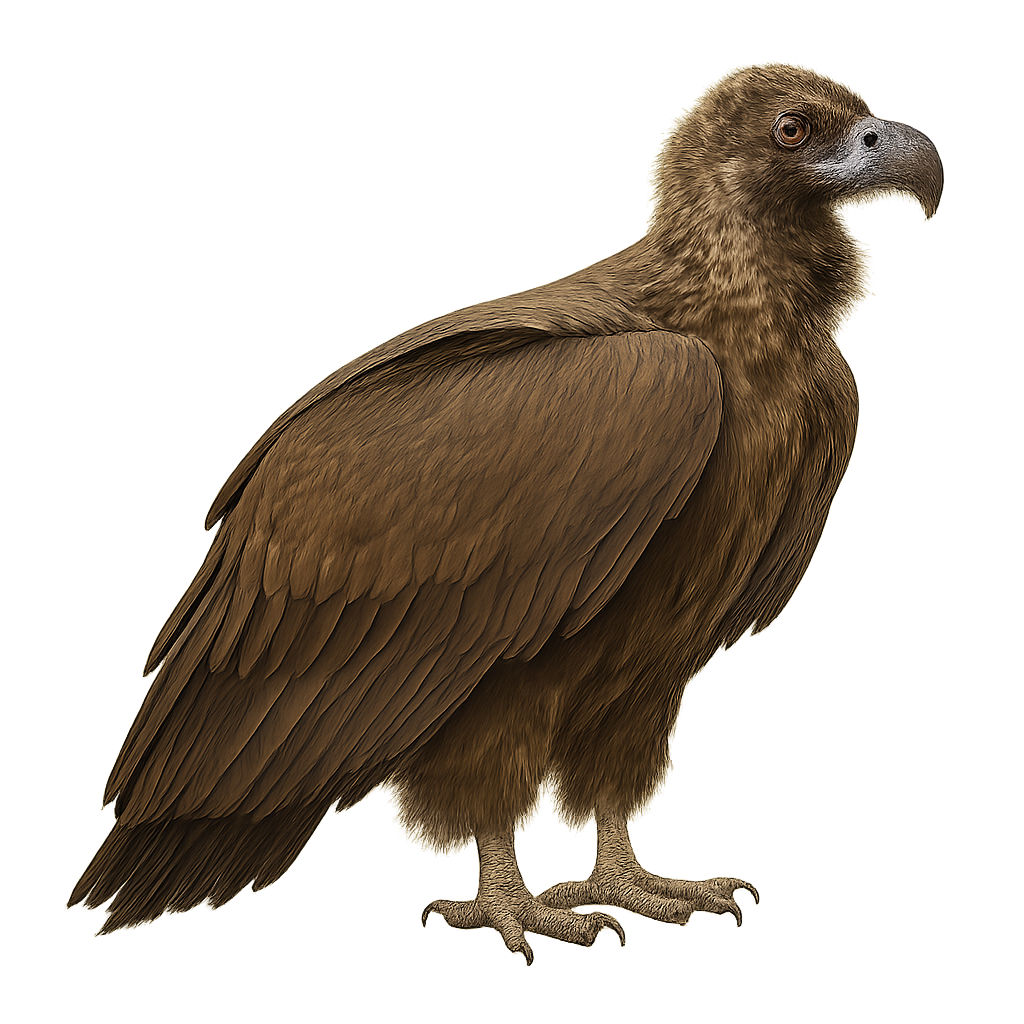Your wildlife photography guide.
Explore the cinereous vulture in detail, study its behavior, prepare your shots.
Where to observe and photograph the cinereous vulture in the wild
Learn where and when to spot the cinereous vulture in the wild, how to identify the species based on distinctive features, and what natural environments it inhabits. The WildlifePhotographer app offers tailored photography tips that reflect the cinereous vulture’s behavior, helping you capture better wildlife images. Explore the full species profile for key information including description, habitat, active periods, and approach techniques.
Cinereous vulture
Scientific name: Aegypius monachus

IUCN Status: Endangered
Family: ACCIPITRIDAE
Group: Birds
Sensitivity to human approach: Tolerant
Minimum approach distance: 100 m
Courtship display: February to March
Incubation: 54-58 jours
Hatchings: March to May
Habitat:
Mountain habitat, steep cliffs, open areas, and clear forests
Activity period :
Primarily active during the day, with peak activity in the morning and late afternoon.
Identification and description:
The Monk Vulture is a large bird of prey found primarily in the mountains of Eastern Europe, Asia Minor, and Central Asia, with populations in Spain, Bulgaria, and Greece. It typically measures between 80 and 100 cm in length, with a wingspan of 2.3 to 2.8 meters, and weighs between 7 and 12 kg. Its plumage is mainly dark brown, with a bare head, distinguishing it from other vultures. The Monk Vulture is a scavenger, primarily feeding on animal carcasses, and plays a crucial ecological role in helping to remove carcasses and prevent the spread of diseases. While it is protected in many regions, it remains threatened by habitat loss, poaching, and poisoning.
Recommended lens:
400 mm – adjust based on distance, desired framing (portrait or habitat), and approach conditions.
Photography tips:
Photographing the monk vulture requires a telephoto lens to capture its majestic flights. Prefer observing early in the morning or late in the day, when the light is soft. Always respect the protected areas around breeding sites and avoid disturbing the nests during the breeding season.
The WildlifePhotographer App is coming soon!
Be the first to explore the best nature spots, track rutting seasons, log your observations, and observe more wildlife.
Already 1 449 wildlife lovers subscribed worldwide

